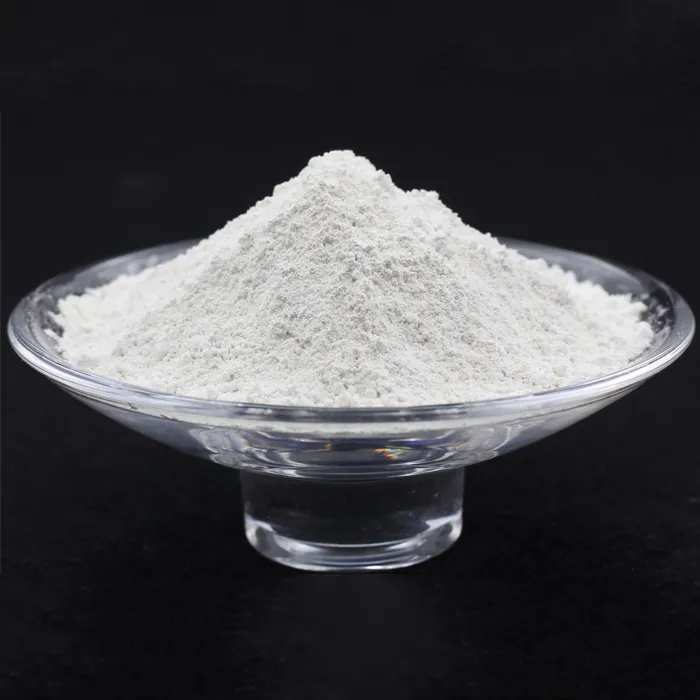Chemicals Used in Sewage Treatment
Sewage treatment is a crucial process that ensures the safe disposal of wastewater and the protection of public health and the environment. The treatment of sewage involves various stages and methods, often requiring the use of specific chemicals to enhance the effectiveness of the treatment process. These chemicals play pivotal roles in removing contaminants, facilitating biological processes, and ensuring that the treated water meets environmental standards before its release or reuse.
Chemicals Used in Sewage Treatment
Another key group of chemicals is the flocculants. Flocculants are polymers that assist in the agglomeration of particles, enhancing the sedimentation process initiated by coagulants. Polyacrylamide is one widely used flocculant that improves the efficiency of sludge removal. Flocculants are particularly beneficial in processes where fine particles remain suspended in the water, ensuring that more impurities are captured during the treatment process.
chemicals used in sewage treatment

In addition to coagulants and flocculants, disinfectants are critically important in sewage treatment, particularly in the final stages. Disinfectants kill or inactivate pathogens, ensuring that the treated water is safe for discharge or reuse. Common disinfectants include chlorine, ozone, and ultraviolet (UV) light. Chlorination is one of the most traditional methods, although concerns over the formation of harmful by-products have led to increased use of ultraviolet light and ozone as safer alternatives. The choice of disinfectant often depends on the specific requirements of the treatment facility and the nature of the wastewater being treated.
Another chemical category used in sewage treatment is pH adjusters. These chemicals, which include sulfuric acid and sodium hydroxide, are used to modify the pH of the wastewater. Maintaining an optimal pH is essential for maximizing the efficiency of biological processes, such as those carried out by bacteria during secondary treatment. pH levels outside the optimal range can inhibit microbial activity, leading to less effective treatment.
Furthermore, nutrient removal is critical in many sewage treatment plants, especially in areas where nutrient pollution is a concern. Chemicals such as phosphorus removal agents and nitrogen inhibitors may be included in the treatment processes. These chemicals help reduce the levels of nitrogen and phosphorus in treated effluents, minimizing the risk of eutrophication in receiving water bodies.
In conclusion, the use of chemicals in sewage treatment is indispensable for ensuring that wastewater is effectively purified before re-entering the environment. Through processes involving coagulants, flocculants, disinfectants, pH adjusters, and nutrient removal agents, sewage treatment facilities can significantly enhance the quality of effluent. As water scarcity and pollution concerns grow, the role these chemicals play in maintaining safe and sustainable water systems will only become more critical. Continued innovation and research are necessary to optimize these chemicals’ use while balancing environmental and public health considerations.

